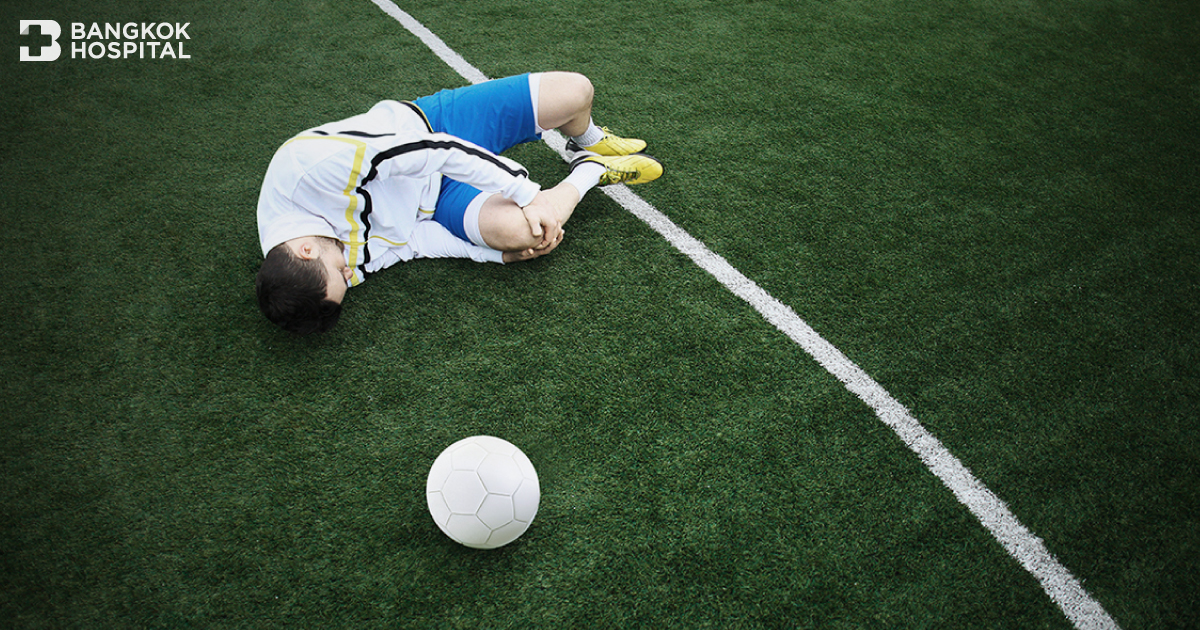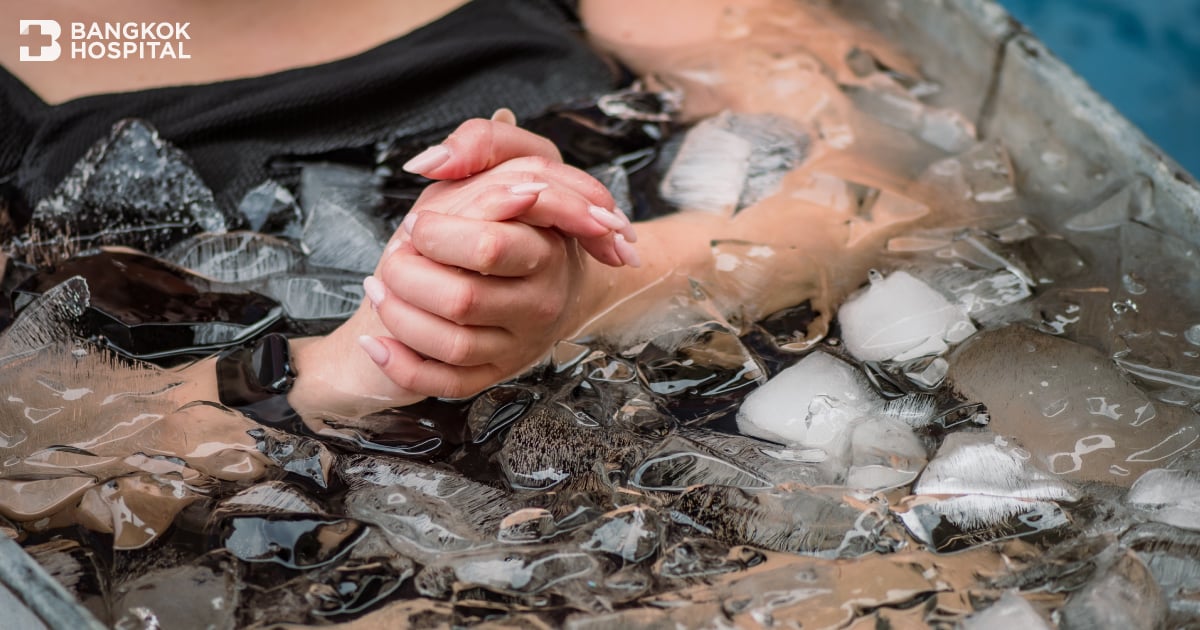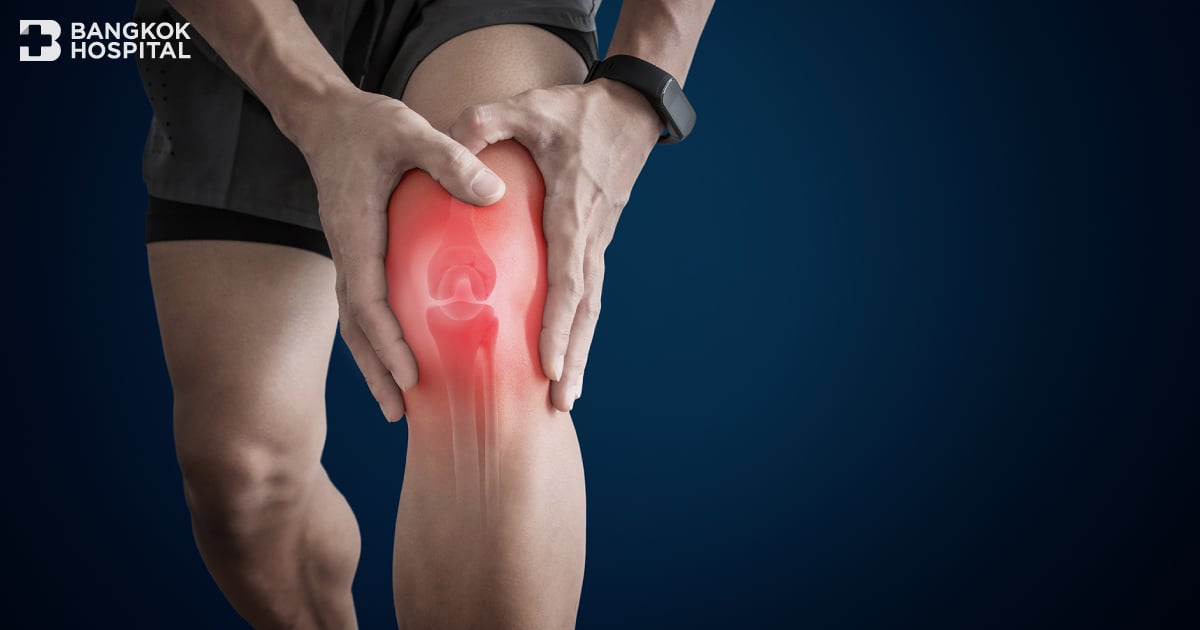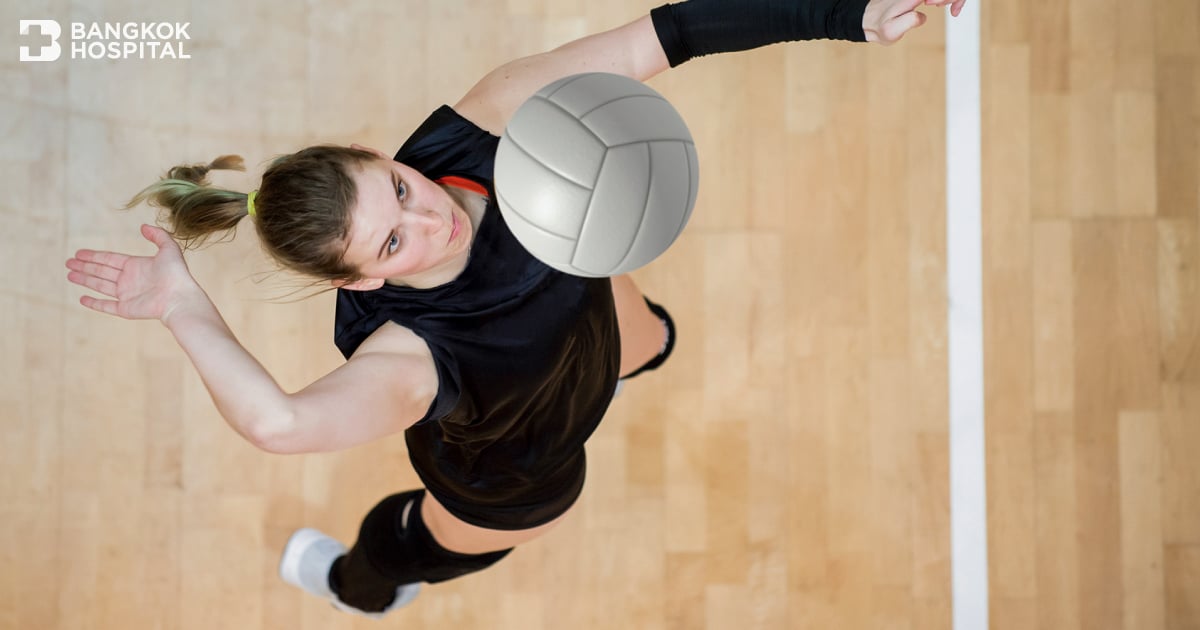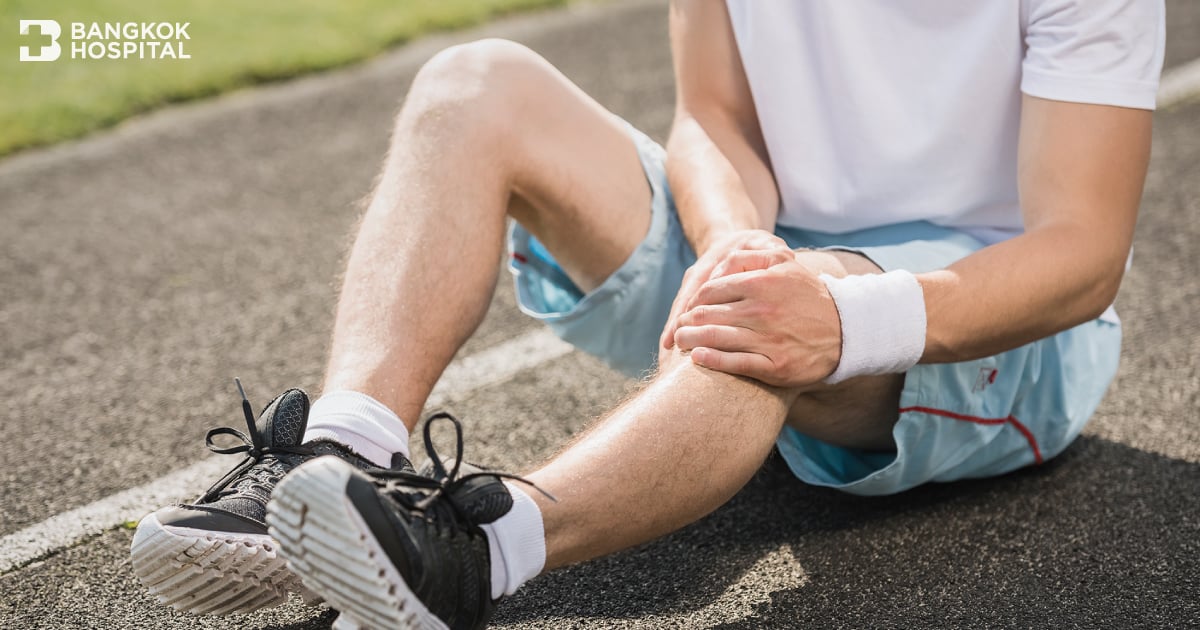One of the most common knee injuries is an anterior cruciate ligament sprain or tear. The injury most commonly occurs during sports that involve sudden stops, jumping or changes in direction like soccer, basketball, and skiing. It may take months to return to full activity after the treatment. Therefore, it is better to consult a doctor immediately after the injury.
The importance of anterior cruciate ligament
Anterior cruciate ligament (ACL) is one of the major ligaments in your knee. The ACL is the primary restraint to forward motion of the shin bone (tibia). It also contributes stability to other movements at the joint including the angulation and rotation at the knee joint. Many people hear or feel a “pop” in the knee when an ACL injury occurs. Seek immediate care if any injury to your knee causes signs or symptoms of an ACL injury. It is important to get a prompt and accurate diagnosis to determine the severity of the injury and get proper treatment.
Causes
- Receiving a direct blow to the knee or collision – usually results in a tear
- a sudden force hits your knee while your leg is straight or slightly bent
- changing direction rapidly, slowing down when running, or landing from a jump
- Non-contact injuries – caused by overstretched or weak muscles. This is more likely a chronic injury.
First aid
These first-aid tips will reduce swelling and pain.
- Rest the knee. Move your injured leg as little as possible.
- Put ice on the injured
- After a while, try bending and straightening your knee softly.
- Locate the pain and swelling. Did you hear a popping sound?
- Use an elastic bandage to give gentle compression to the knee and a knee immobilizer to keep your knee still.
- Your knee will need to be checked by your doctor. It’s important to get treatment as in some cases it may become a long-lasting problem.
Treatment
Your doctor will ask you how the injury occurred and examine the injured knee. MRI and x-rays will help determine the severity of the injury. Usually swelling and tenderness are the signs of the injured ligament. Statistically 80% of the patients have anterior cruciate ligament injury. Also, 60% of the cases have meniscal tears. The doctor will advise you to rest the knee as it is necessary for healing and limits weight bearing on your knee. Your doctor may recommend a brace to protect your knee from instability. Nonsteroidal anti-inflammatory drugs also help reduce inflammation. Your doctor may recommend repair surgery later.
Arthroscopic anterior cruciate ligament surgery
Usually the injured ligaments cannot heal by itself as there is no longer any contact between the two ends of the ligament. Arthroscopic ACL surgery is therefore indicated in individuals who want to return to pivoting type sports e.g. football and tennis, or have problems with instability with their knee giving way during their everyday activities. The advantages of the surgery are
- Better outcomes
- Less recovery time
- The patient will be able to bend the knee within 24 hours after the surgery
- Speed up recovery time with rehabilitation
The patient may or may not have to use crutches. This depends on the location and severity of the injury.
Anti-gravity treadmill speeds recovery
After surgery, rehabilitative therapy is very important. Successful ACL surgery paired with rigorous rehabilitation can usually restore stability and function to your knee. With the new technology, anti-gravity treadmill (Alter-G) allows you and your physical therapist to move your rehabilitation and training forward with its unique unweighting capabilities. It reduces gravity’s impact by 80% of your body weight resulting in less pain and stress to the injured ligament.
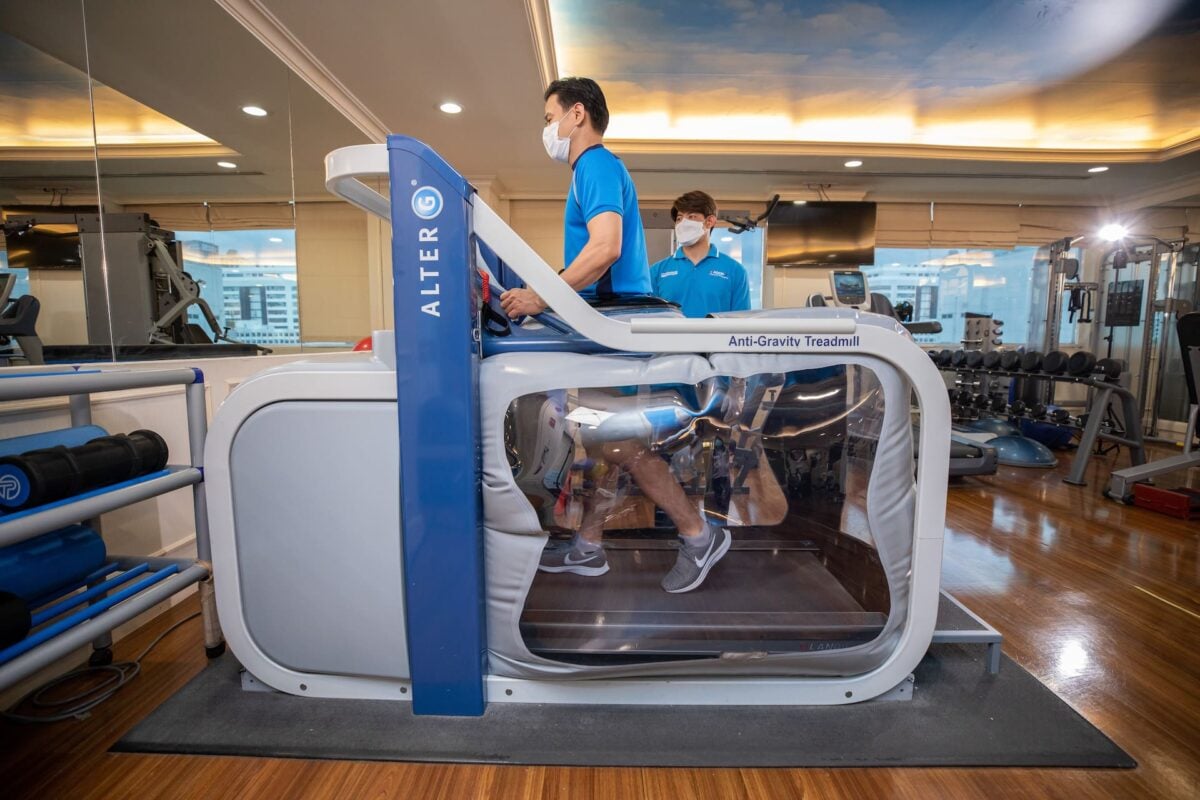
The aim of treatment is to restore stability to the knee and regain the same level of usage that you had prior to the incident. An effective treatment program will also help you to prevent any further damage and limit the level of pain. Some ACL injuries will require surgery, but others can be helped by an ongoing process of rehabilitation, including the wearing of a knee brace. Whether you undergo surgery or not will generally depend on your lifestyle and the severity of the injury. With the new surgical technique, surgery can be done arthroscopically. This reduces recovery time and complications.

